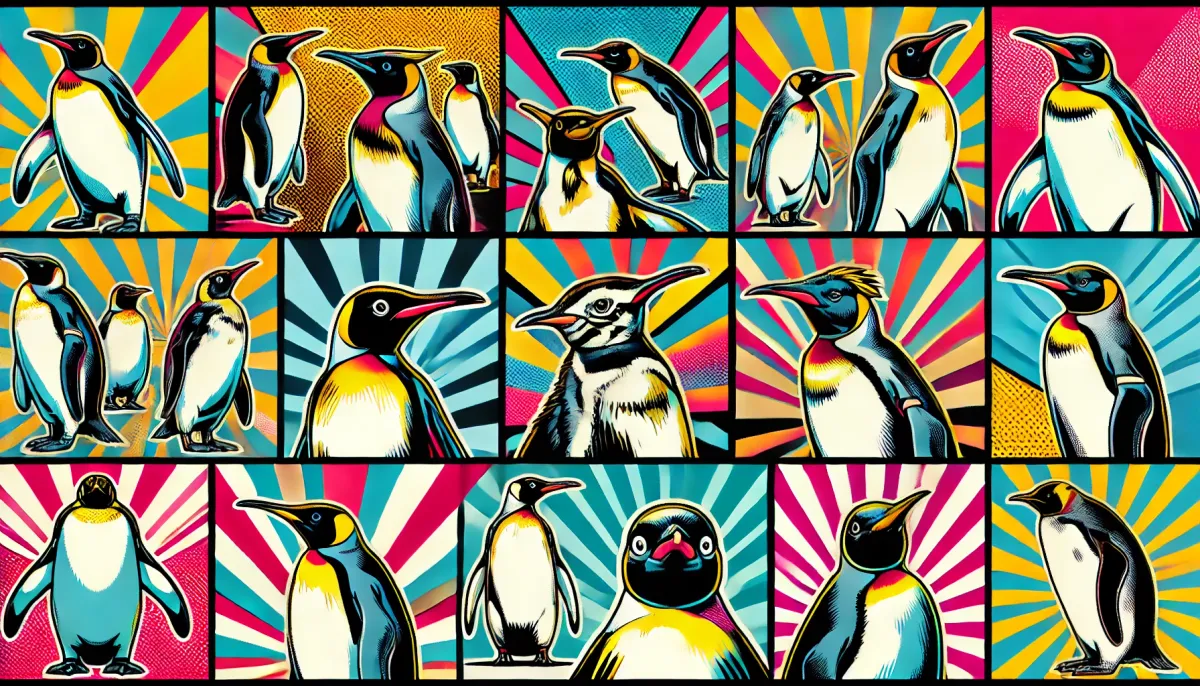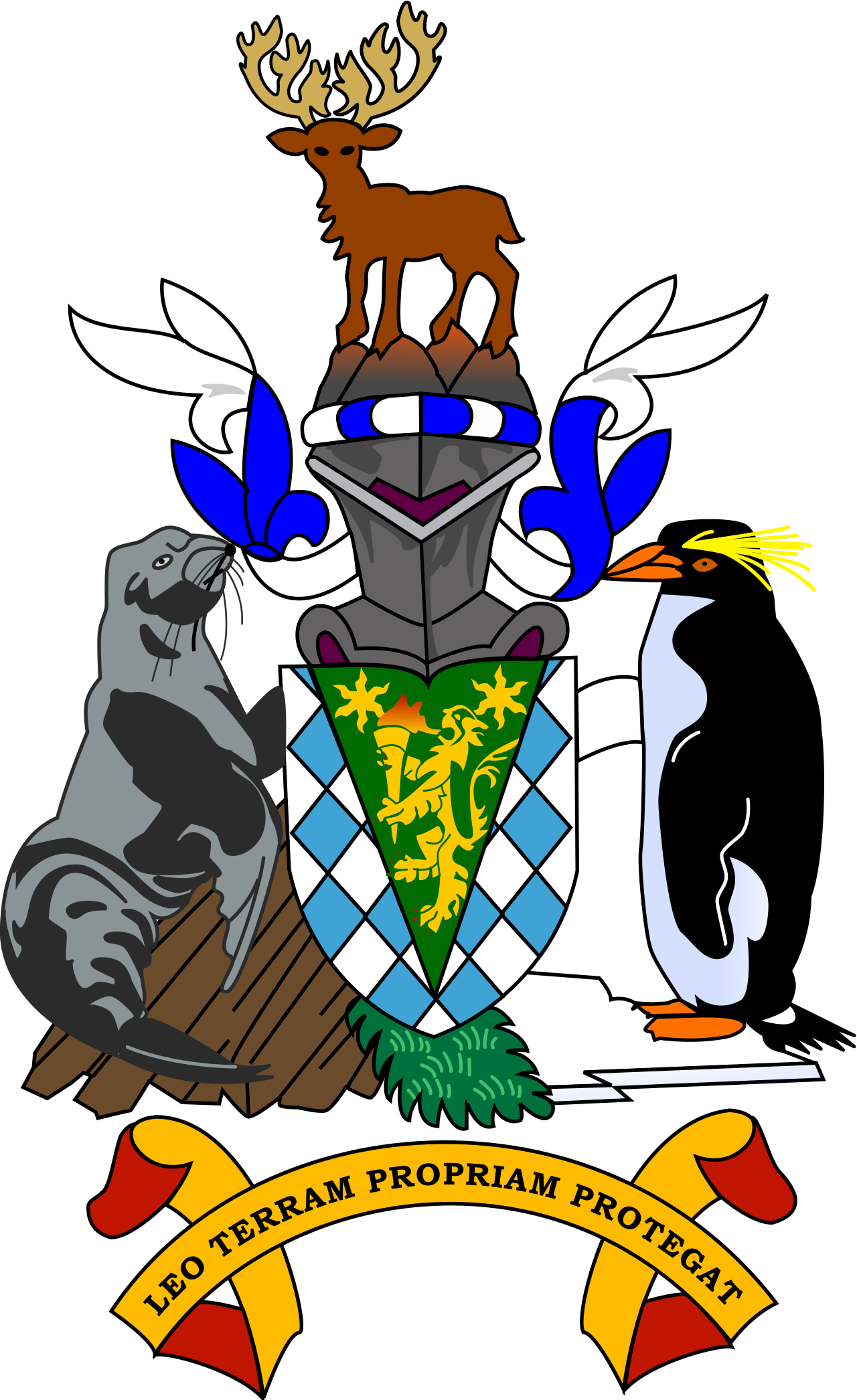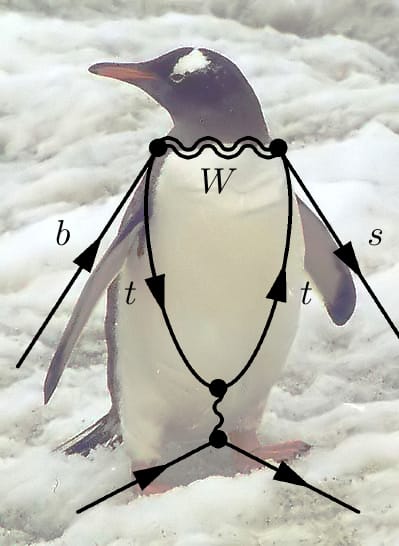9 Facts About Penguins
Penguins are cool. And also big, small, stylish, romantic and scientific. How so?! Read the facts about penguins, find out!

Introduction
As winter approaches in the Northern Hemisphere, where the author of this blog resides, thoughts naturally turn to phenomena and creatures associated with the cold. Who thrives in icy conditions without complaint? That’s right — penguins! Let’s take a detailed look at these flightless birds.
Where will we get our material? “The Curious Book of Lists” [1] is a good start, featuring lists like “17 Penguin Species” and “4 Facts About Penguins”. Incidentally, the book is fairly recent, published in 2019.
Some might feel that four facts are a bit too few for this meticulous blog. True enough — we’ll uncover more from other books of lists. Let’s see what fascinating penguin facts we can discover today.
So, the List of Facts About Penguins
- There are 18 species of penguins.
- The largest penguin is the emperor penguin.
- The smallest penguins? Little penguins.
- Penguins are the best swimmers among birds.
- Penguins have a flair for style.
- Not all penguins live in cold climates.
- Penguins have their holiday.
- Penguins are romantics at heart.
- Penguins have inspired scientists.
There Are 18 Species of Penguins
Here are the species of penguins with comments to some from the “The Science Teacher’s Book of Lists” [2]:
- Macaroni penguin. Macaroni penguins have yellow feathery “eyebrows” and red eyes and nest on rocky hillsides.
- Royal penguin,
- Northern rockhopper penguin. Rockhopper penguins have red eyes and spiked feathers on their heads. They hop from rock to rock when on land.
- Southern rockhopper penguin,
- Fiordland penguin. Fjordland crested penguins have a yellow crest and red eyes.
- Snares penguin. Snares island penguins possess bright yellow crests on each side of their heads and have red eyes.
- Erect-crested penguin. Erect-crested penguins have a bright yellow erect crest.
- Galápagos penguin. The Galapagos penguin is one of the rarest and smallest of penguins. They live on the Galápagos Islands, which means farther north than any of the other penguins.
- Humboldt penguin,
- Magellanic penguin. Magellanic penguins are named after Ferdinand Magellan. They nest in underground burrows.
- African penguin. The African penguin is also known as black-footed penguin species. Black-Footed (Jackass) Penguins make a braying sound similar to a jackass.
- Adélie penguin. Adélie penguins are very sociable, are usually seen in groups, are curious, and lack fear of people.
- Chinstrap penguin. Chinstrap penguins have the marking of a black strap under the chin.
- Gentoo penguin. Gentoo penguin lives in small groups, prefer nests of grass rather than rocks.
- King penguin. King penguins are striking and sleek, each with outstanding gold markings about its head, bill, and bib.
- Emperor penguin. Emperor penguins are the largest of the penguin family.
- Little penguin. Littler blue or fairy penguin is the smallest and only nocturnal penguins. They are the only ones that nest in Australia.
- Yellow-eyed penguin. Yellow eyed (cookie) penguins are about thirty inches tall, and are the only penguins that do not live in colonies.
According to the aforementioned book:
There are 17 different penguin species in the world today. They all live in the southern half of the world — the Southern Hemisphere — except one, the Galápagos penguin, which decided to be a bit different and sometimes hops over the Equator to the northern hemisphere.
The book, however, omits the northern rockhopper penguin, mentioning only the generic rockhopper penguin.
The Largest Penguins Are Emperor Penguins
These birds can grow up to 130 cm tall and weigh as much as 45 kg. They rank as the fourth-largest flightless birds on Earth.
The Smallest Penguins? Little Penguins
To match their largest relatives in height, a little penguin would need to stand on the shoulders of another… or maybe even a third!
Penguins Are the Best Swimmers Among Birds
In the water, penguins are unrivaled swimmers in the avian world. Gentoo Penguins were seen reaching speeds of up to 35 km/h [3].
Penguins Have a Flair for Style
Macaroni penguins, one of six species of crested penguins, sport vibrant yellow crests. Fashionistas, indeed!
This dashing penguin even appears on the coat of arms of South Georgia and the South Sandwich Islands.

Not All Penguins Live in Cold Climates
Not all penguins inhabit icy regions. For instance, African penguins endure high temperatures along the coasts of Namibia and South Africa.
This warmth-loving trait has put African penguins in danger: the species is critically endangered. A century ago their eggs were heavily harvested for human consumption.
Penguins Have Their Holiday
Even penguins find time to celebrate! World Penguin Day takes place annually on April 25. This holiday, however, is more for humans than penguins. Unlike Checklist Day, it’s a real celebration with its own dedicated webpage!
Penguins Are Romantics at Heart
Penguins are “married” creatures, though they spend long periods apart due to their migratory habits. Upon reuniting, pairs stand chest to chest, heads thrown back, loudly singing with flippers outstretched. After two weeks together, their bond is considered complete. The male signals his intentions by placing his head on his partner’s belly. They then embark on a long journey to find seclusion, though the actual mating process takes only three minutes. Neither partner mates again that year.
In Adélie penguin colonies of over a million individuals, a male courts his chosen mate by rolling a stone to her feet. Stones are precious during mating season, as they’re needed to build nest walls. Stealing stones from neighbors is common. If she accepts his gift, they stand belly to belly and sing their courtship song [4].
Such romantic — and thieving — families!
Penguins Have Inspired Scientists
In organic chemistry, there’s a compound proudly named penguinone, shown below. Does it resemble a penguin?

Physics isn’t left out, either. American physicist John Ellis introduced the “penguin diagram,” shown here alongside a real penguin.

A Few More Little Facts
- Penguins live in the Southern Hemisphere, with species ranging from the icy waters of Antarctica to the tropical Galapagos Islands.
- The Galapagos Penguin is the only species to venture north of the equator.
- Penguins can be found in Antarctica, South Africa, Australia, New Zealand, Peru, and Chile.
- Emperor Penguins breed in Antarctica, while other species breed in more temperate climates.
- Most penguin species lay a single egg per breeding season, which is incubated for several weeks. They have special breeding grounds for this.
- Baby penguins are covered in soft, downy feathers and are dependent on their parents for food and warmth.
- Polar bears and leopard seals are major predators of penguins in the wild.
I hope you enjoyed these fun facts about penguins! Such fascinating residents of Antarctica and the surrounding southern world.
What do you think about the lives of penguins? Subscribe to the “So List” blog for more amazing lists and checklists. You’ll also learn how to solve life’s challenges with these simple yet powerful tools.
List of Links
[1] Tracey Turner, Caroline Selmes, The Curious Book of Lists, ISBN 978-0-7534-4487-0
[2] Frances Bartlett Barhydt, Paul Morgan, The Science Teacher’s Book of Lists, ISBN 0-13-793381-9
[3] David Wallechinsky, Amy Wallace, Ira Basen, Jane Farrow, The Book of Lists. Canadian Edition, ISBN 0-676-97720-0
[4] Russell Ash, The Top 10 of Everything 2006, ISBN 14053-1068-5



